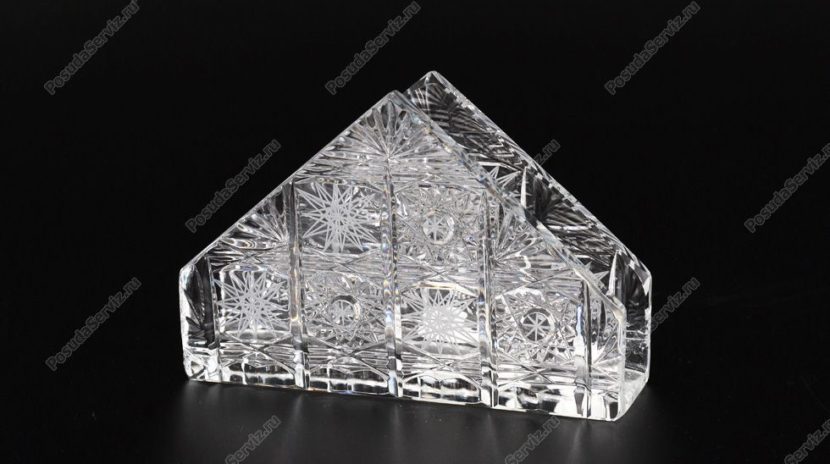The first mentions of Bohemian glass were found in the annals of 1162. At that time, the first workshops for the production of blown glass appeared in the regions of the Giant Mountains.
Bohemian glass https://aleks-crystal.com/napkin-holders/ is renowned for its quality. It was sold in Saxony, France, Flanders. In terms of technology, only the no less famous Venetian glass could compete with it, but Czech masters were still able to outstrip their Italian competitor.
The first Czech crystal piece was made in the 17th century. For the manufacture of Bohemian crystal, lead oxide and quartz sand are used. The process takes place at temperatures up to 1500 ° C. Some believe that the Czechs did not come up with anything special: just think, they included some kind of additives in the composition. But it is thanks to lead oxide that the glass turns into a sonorous, transparent and sufficiently strong crystal. And quartz sand contributes to resistance to chemicals.
Bohemian crystal (Bohemian glass) is represented not only by dishes. This material is successfully used for the manufacture of chandeliers. Thanks to professional processing, the lighting emanating from such chandeliers is quite versatile, it shimmers and scatters rainbow rays. Also, decorations, stained-glass windows and decorative elements are made from this material.
Various variations of polished patterns give uniqueness to each piece of a set or service. It should be noted that Czech crystal is cut by hand.
For products made of cast smooth crystal, a special technology is used, without subsequent grinding.
In the manufacture of colored glass, a transparent layer is first applied, then a colored one, then a transparent one again. It is simply impossible to create this on a conveyor belt. Crafting is considered a real skill. Behind each colored product lies the meticulous handicraft of a professional.
At the end of the production, the product is decorated with stucco, gold, painting and engraving.
